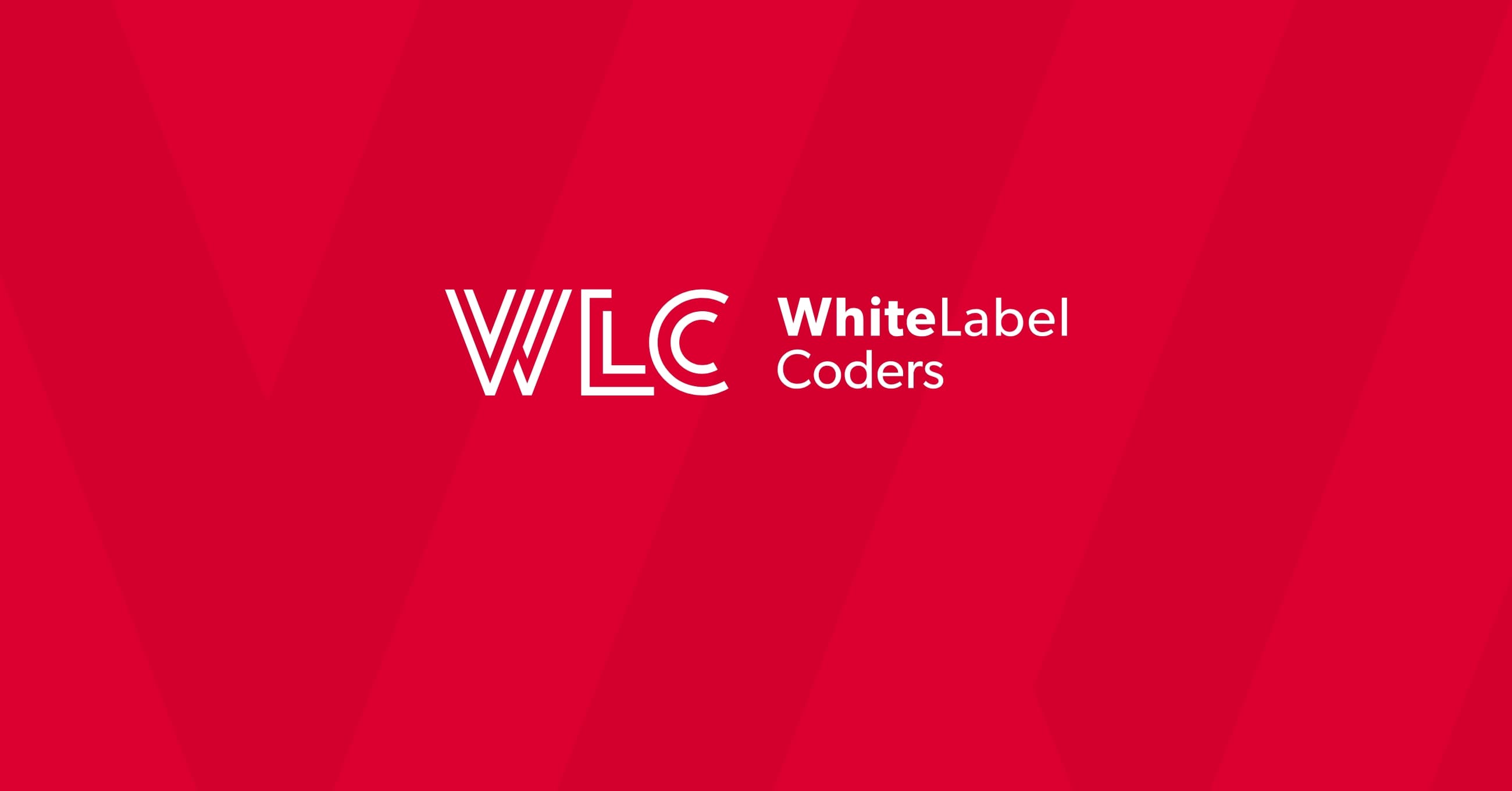Category: WooCommerce
What is the minimum purchase amount for WooCommerce?

What is the minimum purchase amount for WooCommerce?
By default, WooCommerce doesn’t impose any minimum purchase requirement on customer orders. The platform is designed to be flexible, allowing transactions of any value – from the smallest single-item purchase to large bulk orders. This approach gives store owners complete freedom to determine their own pricing strategy.
However, many businesses find establishing minimum order thresholds beneficial for various reasons. Some need to ensure orders cover basic handling and shipping costs, while others use minimum purchase requirements to encourage larger basket sizes. Implementing minimum order functionality requires extending WooCommerce’s core capabilities through either plugins or custom code development.
This absence of a built-in limitation is actually advantageous for store owners, as it allows them to decide whether minimum purchase requirements align with their business model, and if so, to implement them in ways that best suit their specific needs and customer base.
How do I set a minimum order amount in WooCommerce?
Setting up a minimum order threshold in your WooCommerce store involves a few straightforward steps, primarily using plugins designed for this purpose. Here’s how to implement this functionality:
- Choose and install a suitable minimum order plugin from the WordPress repository or a premium provider
- Configure your desired minimum amount threshold in the plugin settings
- Customize the notification messages customers will see when their cart doesn’t meet the requirement
- Test the functionality to ensure it works properly across different scenarios
Premium plugins like “Min/Max Quantities” by WooCommerce or “Flexible Checkout Fields PRO” offer comprehensive features beyond basic minimum order enforcement. These include conditional logic based on product categories, user roles, and more sophisticated rules for order validation.
For a straightforward implementation, “WooCommerce Min Max Quantities” is a popular choice that balances functionality with ease of use. After installation, navigate to WooCommerce → Settings → Products → Min/Max Quantities to set your global minimum order value.
Remember to consider your customers’ experience when implementing these restrictions. Clear communication about minimum order requirements helps prevent confusion and abandoned carts.
Can I set different minimum purchase amounts for different products?
Yes, WooCommerce can support varied minimum purchase thresholds across different products or categories through advanced configuration options. This flexibility is particularly valuable for stores with diverse product offerings that may have different operational costs or strategic goals.
Advanced minimum order plugins allow you to establish:
- Product-specific minimums (ideal for items with higher fulfillment costs)
- Category-based minimum thresholds (for product groups with similar characteristics)
- Minimum quantity requirements for specific products (different from monetary minimums)
- Combined rules that evaluate the entire cart based on multiple conditions
For instance, you might set a lower minimum order value for digital products that have no shipping costs, while maintaining higher thresholds for physical goods. Or you could establish special minimums for premium product categories to maintain brand positioning.
These granular controls allow you to optimize your ordering rules for both business efficiency and customer satisfaction. Plugins that offer this level of flexibility include “WooCommerce Conditional Product Fees” and “Advanced Dynamic Pricing for WooCommerce,” which extend beyond simple minimum order enforcement to comprehensive order rule management.
Are there free plugins to set minimum order values in WooCommerce?
Several free plugins enable minimum purchase functionality in WooCommerce stores. These solutions offer basic threshold enforcement without the investment required for premium options. Here’s a selection of reliable free options:
- WooCommerce Min Max Quantities – Allows setting store-wide minimum order amounts with customizable notice messages. Compatible with WooCommerce 6.0+ and WordPress 5.6+.
- Minimum Order Amount for WooCommerce – Provides simple minimum threshold settings with the ability to exempt certain user roles. Regularly updated for compatibility.
- YITH WooCommerce Minimum Maximum Quantity – Offers basic functionality in its free version with global minimum purchase requirements. The premium version extends to category and product-specific rules.
- WC Minimum Order – A lightweight plugin focused specifically on minimum order enforcement without additional features that might slow down your site.
These free options generally offer limited customization compared to premium alternatives. Common limitations include:
- Restricted ability to set different minimums for different products or categories
- Fewer options for message customization
- Limited conditional logic based on user roles or other factors
- Less frequent updates and compatibility testing
For simple stores with straightforward minimum order needs, these free plugins can be perfectly adequate. More complex requirements typically warrant consideration of premium solutions or custom development from specialists in WooCommerce development.
How to code a custom minimum order amount in WooCommerce?
For developers who prefer a custom implementation without plugins, WooCommerce provides hooks that enable minimum order amount functionality. Here’s a basic implementation using WooCommerce’s action and filter hooks:
// Add this code to your theme's functions.php or a custom plugin
// Define your minimum order amount
define('MINIMUM_ORDER_AMOUNT', 50);
// Check the order total when cart is updated
add_action('woocommerce_check_cart_items', 'check_minimum_order_amount');
function check_minimum_order_amount() {
// Only check on cart and checkout pages
if (is_cart() || is_checkout()) {
// Get cart total
$cart_total = WC()->cart->subtotal;
// Check if cart total is less than minimum
if ($cart_total < MINIMUM_ORDER_AMOUNT && $cart_total > 0) {
// Calculate remaining amount
$remaining = MINIMUM_ORDER_AMOUNT - $cart_total;
// Display error message
wc_add_notice(
sprintf(
'Your current order total is %s — you must have an order with a minimum of %s to place your order.',
wc_price($cart_total),
wc_price(MINIMUM_ORDER_AMOUNT)
),
'error'
);
}
}
}
This basic implementation can be extended to include more sophisticated requirements:
- Different minimums based on user roles using
current_user_can() - Category-specific minimums by checking cart items against product categories
- Time-based minimums that change for sales or seasonal periods
- Geography-based minimums using the customer’s shipping information
The main WooCommerce hooks useful for minimum order implementations include:
woocommerce_check_cart_items– For validating the cart before checkoutwoocommerce_before_checkout_process– For final validation before order processingwoocommerce_review_order_before_submit– For displaying messages at checkoutwoocommerce_available_payment_gateways– For restricting payment methods based on order value
Custom development gives you complete control over the functionality and user experience, but requires maintenance when WooCommerce updates.
Can minimum order requirements vary by customer type in WooCommerce?
Yes, WooCommerce can support different minimum purchase thresholds for various customer segments. This capability is particularly valuable for stores serving both retail and wholesale customers, or those with tiered customer loyalty programs.
By leveraging user roles in WordPress or customer groups from membership plugins, you can establish different ordering rules for:
- Retail vs. wholesale customers (typically lower minimums for retail)
- Registered users vs. guest checkouts
- VIP customers vs. standard customers
- New customers vs. returning customers
- Different geographical regions or markets
Premium plugins like “WooCommerce Wholesale Pro” or “YITH WooCommerce Role Based Prices Premium” include features for setting different minimum purchase requirements based on user roles and other customer attributes.
For a custom solution, you can modify the code example from the previous section to include role-based logic:
// Different minimum amounts based on user role
function get_minimum_order_by_role() {
if (current_user_can('wholesale_customer')) {
return 200; // Higher minimum for wholesale
} elseif (current_user_can('vip_customer')) {
return 0; // No minimum for VIPs
} else {
return 50; // Default minimum
}
}
This approach lets you create a more personalized shopping experience while maintaining appropriate purchasing requirements for different customer segments.
What are the best practices for implementing minimum orders in WooCommerce?
Implementing minimum order requirements effectively requires balancing business needs with customer experience. Here are key best practices to consider:
Setting appropriate thresholds
- Analyze your average order value before establishing minimums
- Consider your profit margins and fulfillment costs to determine a viable threshold
- Research competitor policies to ensure your minimums are market-appropriate
- Start with a conservative minimum and adjust based on customer feedback
Communication strategies
- Clearly display minimum order requirements on product pages and the cart
- Show how much more customers need to add to reach the minimum
- Suggest specific products that could help customers meet the threshold
- Explain the reason for minimum orders (quality service, shipping efficiency, etc.)
Implementation approaches
- Test thoroughly across different scenarios before going live
- Consider exempting certain products or categories from minimum requirements
- Implement gradually, potentially starting with new customers only
- Have contingency plans for handling exceptions (loyal customers, special orders)
Monitoring and optimization is crucial after implementation. Track metrics like cart abandonment rate, average order value, and customer feedback to assess the impact of your minimum order policy. Be prepared to refine your approach based on this data.
Remember that the goal isn’t just to enforce a rule, but to encourage larger purchases while maintaining a positive customer experience.
How do minimum orders affect WooCommerce checkout and cart pages?
Implementing minimum order requirements significantly impacts the user experience on cart and checkout pages. Understanding these effects helps you create a smoother customer journey despite the purchasing restriction.
On the cart page, minimum order implementations typically:
- Display a notification when the cart total falls below the threshold
- Show the specific amount needed to reach the minimum
- May disable the “Proceed to Checkout” button until requirements are met
- Could highlight recommended products to add to reach the minimum
At checkout, the effects include:
- Preventing order completion with error messages if minimum isn’t met
- Potentially limiting available payment methods based on order value
- Displaying final cart validation messages
- Redirecting customers back to the cart if they somehow reach checkout below the minimum
To optimize this experience, consider these customization approaches:
- Style notification messages to match your brand while ensuring they’re noticeable
- Create positive, solution-oriented messaging rather than negative restrictions
- Add progress indicators showing how close customers are to meeting the minimum
- Implement AJAX updates so customers see real-time feedback as they modify their cart
Timing of notifications is crucial – ideally, customers should know about minimum requirements before they begin shopping, but reminders throughout the process help prevent frustration at checkout.
Do minimum purchase amounts work with WooCommerce subscriptions?
Minimum purchase requirements and subscription products in WooCommerce have a complex relationship that store owners need to carefully consider. Generally, minimum order functionality can work with subscriptions, but several factors affect the implementation:
Initial vs. Recurring Payments
Most minimum order plugins validate the initial subscription payment against the minimum threshold, but behavior varies for recurring payments. Some points to consider:
- Initial subscription payments typically count toward minimum order requirements
- Recurring payments often bypass minimum order checks since they’re automatic
- Mixed carts containing both subscription and one-time products require special handling
Subscription-Specific Considerations
- Sign-up fees should typically be included in minimum threshold calculations
- Free trial periods may require special handling regarding minimums
- Subscription switching or upgrades might need exemptions from minimum requirements
For proper implementation, the “WooCommerce Subscriptions” plugin (by WooCommerce) can be combined with minimum order plugins that explicitly support subscription products. Some premium options include compatibility features designed specifically for subscription-based stores.
When implementing minimums with subscriptions, thorough testing is essential. You’ll want to verify behavior across various scenarios:
- New subscription purchases
- Subscription renewals
- Mixed carts with both subscription and regular products
- Subscription switches or upgrades
- Failed recurring payments and retries
The technical implementation may require custom code to handle edge cases specific to subscription-based business models.
Essential WooCommerce minimum purchase insights to remember
When implementing minimum purchase requirements in your WooCommerce store, keep these key insights in mind to ensure successful execution:
- Business alignment – Ensure minimum order thresholds align with your business model, profit margins, and customer expectations. What works for wholesale might not suit direct-to-consumer sales.
- Customer communication – Transparency about minimum purchase requirements helps prevent cart abandonment. Clear, early notification is always better than surprising customers at checkout.
- Technical approach – Choose between plugins and custom development based on your specific requirements, technical expertise, and budget. Simple needs might be met with free plugins, while complex rules often warrant custom solutions.
- Testing priority – Thoroughly test minimum order functionality across different scenarios, devices, and customer types before going live. Pay special attention to edge cases like discount codes, tax calculations, and shipping costs.
- Performance consideration – Monitor your store’s performance after implementing minimum order rules, as some plugins may add additional database queries or JavaScript that could impact page load times.
Common pitfalls to avoid include:
- Setting minimums too high without adequate market research
- Failing to account for how shipping costs or taxes interact with minimum thresholds
- Not providing clear pathways for customers to reach minimum requirements
- Implementing complex rules without sufficient testing
- Neglecting to monitor the business impact after implementation
For stores with specific or complex requirements, working with specialists in WooCommerce development ensures a solution tailored precisely to your business needs. White Label Coders specializes in custom WooCommerce implementations, including sophisticated minimum purchase functionalities that integrate seamlessly with your existing store operations and other extensions.
With the right implementation approach, minimum purchase requirements can successfully balance operational efficiency with a positive customer experience.

